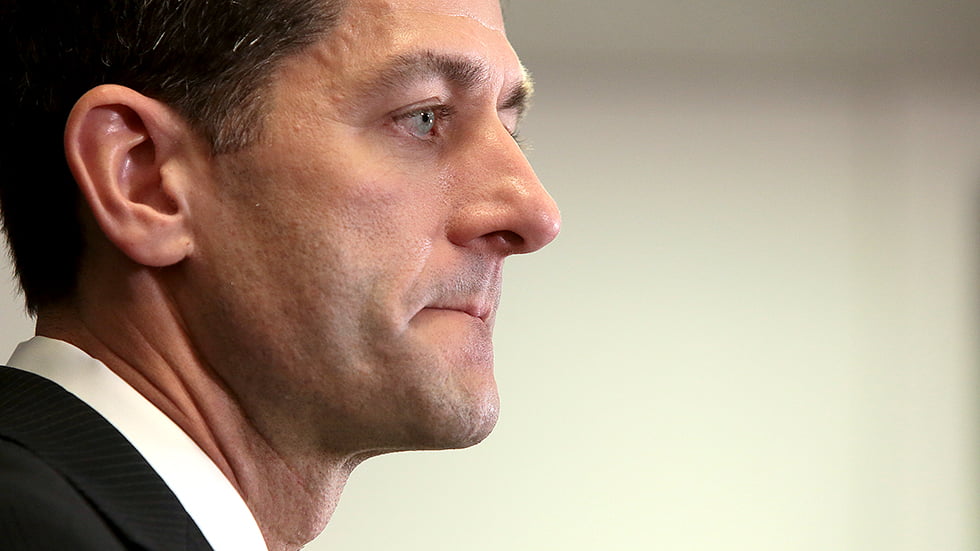
The courtroom war over New York’s school funding is far from over.
Capping 13 years of litigation in the landmark Campaign for Fiscal Equity case, the state Court of Appeals ruled in November 2006 that Albany’s school aid to New York City was on a constitutionally acceptable track. And in a June 27 decision, the court dismissed claims that the state had violated the CFE ruling by failing to follow through on Gov. Eliot Spitzer’s 2007 promise of a massive, multiyear statewide “foundation aid” increase, which proved untenable in the Great Recession.
However, the court also gave an advocacy group called New Yorkers for Students’ Educational Rights the go-ahead to sue on narrower grounds. The surviving case (call it Son of CFE) is focused more specifically on the adequacy of school aid to both New York City and the city of Syracuse — but the outcome could easily have broader implications for the entire state.
Coincidentally, last month also saw the release of annual Census Bureau data showing that by national standards, all New York school districts are well funded. In the nation’s pre-K-12 financial race to the top, New York is way out front with statewide spending of $21,206 per pupil — 86 percent above the 50-state average.
New York’s high spending is nothing new. What is new is the size of the gap between New York and the national average, which has widened considerably over the past 20 years, especially since the most recent economic downturn. From 2007-08 to 2014-15, New York’s per-pupil spending increase of 24 percent was more than double the national post-recession average.
The state’s high school spending stems primarily from two factors: teacher salaries and benefits. At $14,769 per pupil, New York spent 114 percent above the national average in this category — more, in fact, than the total school spending of 42 other states. Separate data show New York paid the highest average teacher salary ($77,628 as of 2014-15), combined with generous benefits and relatively high staffing levels.
While there’s a wide variation in spending within the state, to a remarkable extent, New York’s school districts — almost uniformly — stand well above national norms.
As shown in a new Empire Center research brief, we distributed the latest Census data for 13,459 school districts across the country into five groups, ranking them from lowest to highest in per-pupil spending levels. When we then compared 678 New York districts to the national spending distribution, here’s what we found:
- All New York school districts ranked in the top 40 percent.
- The vast majority of New York school districts were in the highest quintile — meaning they spent more than 80 percent of all US districts.
- Nearly one-third of New York’s school systems ranked among the highest-spending 5 percent.
New York’s lowest-spending school system (the General Brown district, near Watertown and Fort Drum in Jefferson County) came in at $12,124 per pupil — 6.4 percent more per pupil than the national average. At the other extreme, 213 New York districts spent at least twice the national average.
New York City had 2014-15 spending of $21,980 per pupil, according to Census data, topping the nation’s largest urban and suburban districts (by more recent state and city measures, the figure is above $24,000). Syracuse, the other district figuring prominently in the Son of CFE litigation, spent $19,169 per pupil — high enough to rank in the top 10 percent of districts across the country, although Syracuse has low living costs by national standards.
Yet there’s scant evidence that the state’s exceptionally well-funded system on the whole produces dramatically better results.
For example, in the category of Educational Achievement, New York schools were assigned a grade of C-minus by Education Week’s 2017 “Quality Counts” report card on all 50 state systems. And New York’s fourth- and eighth-grade students had roughly average scores on National Assessment of Educational Progress tests in reading and math.
As the arguments play out in New York’s latest school-finance litigation, the national data at least provide a broader perspective — and a reality check.
[“source-nypost”]





